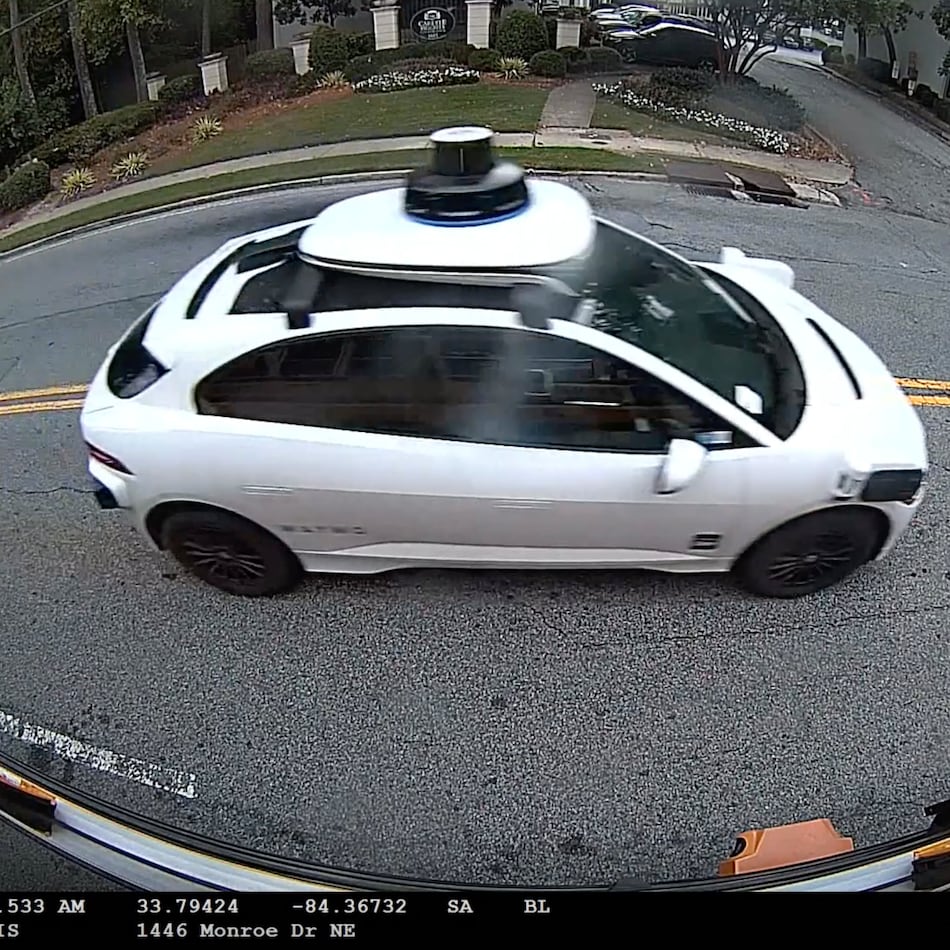More and more evidence is pointing to the possibility of a ninth planet lingering in our solar system.
That's according to a recent news release from NASA's Jet Propulsion Laboratory in California, in which the agency spoke to one of Planet Nine's most devoted trackers, Konstantin Batygin.
Batygin, a planetary astrophysicist at California Institute of Technology in Pasadena, California, has been researching Planet Nine for about four years with fellow astrophysicist Mike Brown.
The two scientists and their team published their work in the Astronomical Journal in 2016, detailing the evidence they found of a new, giant planet, its orbit and more.
Since then, they’ve collected more evidence to back the possibility of the planet’s existence.
“There are now five different lines of observational evidence pointing to the existence of Planet Nine,” Batygin said in the news release. “If you were to remove this explanation and imagine Planet Nine does not exist, then you generate more problems than you solve. All of a sudden, you have five different puzzles, and you must come up with five different theories to explain them.”
The first three of five lines of evidence were detailed in the 2016 paper included data on six objects in the Kuiper Belt, described by NASA as “a region of ice bodies stretching from Neptune outward toward interstellar space,” with unusual orbit patterns.
The six objects all have elliptical orbits pointing in one direction and are tilted about 30 degrees downward, unlike most objects in the Kuiper Belt, which orbit in the opposite direction.
It’s highly likely Planet Nine’s orbit is influencing those six objects in the Kuiper Belt, according to the researchers.
“No other model can explain the weirdness of these high-inclination orbits,” Batygin said. “It turns out that Planet Nine provides a natural avenue for their generation. These things have been twisted out of the solar system plane with help from Planet Nine and then scattered inward by Neptune.”
The scientists have used computer simulations and mathematical models to discover its existence, but they haven’t directly observed it yet.
"I would love to find it," Brown said in a NASA news release after the 2016 paper was published. "But I'd also be perfectly happy if someone else found it. That is why we're publishing this paper. We hope that other people are going to get inspired and start searching."
Here’s what Batygin and Brown have predicted about Planet Nine so far, according to the NASA news release and their previous research:
How big is Planet Nine?
It’s probably about 10 times the mass of Earth.
How far is it from the sun?
It’s 20 times farther from the sun than Neptune. For comparison, Neptune is 30 times farther from the sun than Earth’s distance from the sun.
How long would it take the planet to orbit the sun?
Between 10,000 and 20,000 years. It takes Earth one year (about 365 days) and it takes Neptune about 165 years to complete a full orbit around the sun.
Where did it come from?
Short answer: There’s no answer yet.
“I think Planet Nine's detection will tell us something about its origin,” Batygin said.
Why are people calling it a “Super Earth?”
According to NASA, recent surveys of other planetary systems have found most to be “somewhat larger cousins” Earth, much larger than Earth but smaller than Neptune.
Planet Nine, coming in at 10 times the mass of Earth, fall into that same category.
How will Planet Nine affect the solar system?
“Over long periods of time, Planet Nine will make the entire solar-system plane precess or wobble, just like a top on a table,” Batygin said.
According to the team’s computer simulations, Planet Nine’s orbit should cause more objects to tilt with respect to the solar plane.
And one of Batygin’s graduate students, Elizabeth Bailey, found Planet Nine may have been responsible for the tilting of our planets during the last 4.5 billion years ago.
"This could explain a longstanding mystery: Why is the plane in which the planets orbit tilted about 6 degrees compared to the sun's equator?" NASA's Pat Brennan wrote in the news release.
How are Batygin and Brown trying to find Planet Nine?
They’re using the Subaru Telescope at Hawaii’s Mauna Kea Observatory, which, according to Batygin, is the “best tool” for finding very dim and very distant objects in the sky.
"All those people who are mad that Pluto is no longer a planet can be thrilled to know that there is a real planet out there still to be found," Brown, who played a major role int he demotion of Pluto's planet to dwarf status, said in a 2016 NASA news release. "Now we can go and find this planet and make the solar system have nine planets once again."
About the Author
The Latest
Featured



